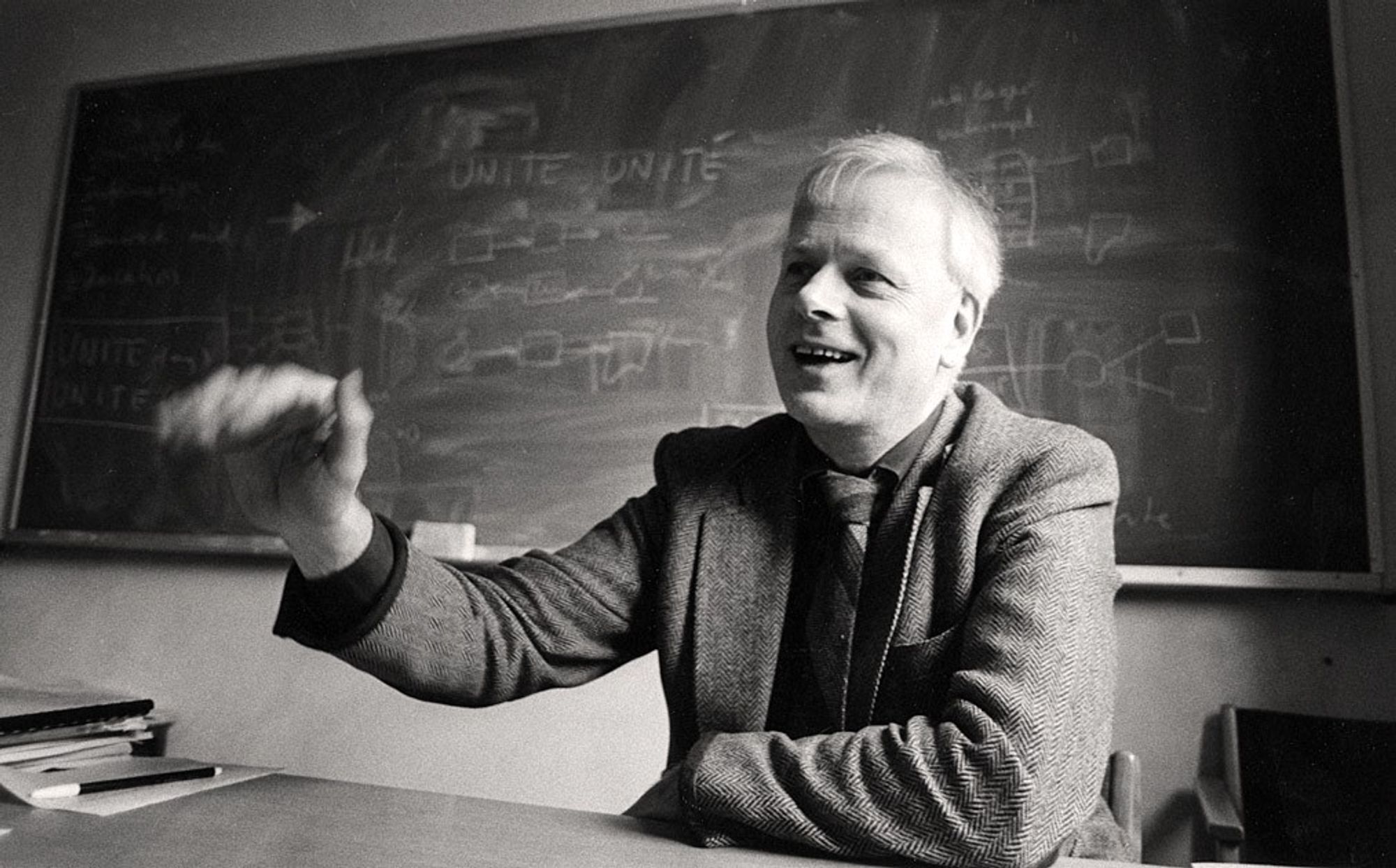In the pioneering work of Scandinavian cooperative design in the 1970s, automation controlled by the design of software systems represented a major sociopolitical concern because it had the potential to alter the nature and pace of work. Automated work processes also presented new terrain for contestation among owners, managers, and unionized workers over ownership and control of the workplace. Participatory design practices that adhere to the political function of designing can still be found in nearly every domain of design practice around the world—albeit in varying proportions to other models of practice.
One of the guiding principles in participatory design is to expect controversy rather than consensus within the process. … Like critical design practices, participatory design reflects critically upon the relationship between the designer and the communities that are being designed for, and, or with. These practices operate beyond conditions set by fiscal gain or technological development and are established as intellectual and politically motivated practices, and increasingly extend designs agency as they are used to inform policy in address to societal concerns.[i]

The politics of design remain a central concern for participatory design researchers and practitioners, particularly when it comes to power dynamics that emerge within workplaces and communities. Although much of the work generated by discursive, critical, and speculative designers has taken the form of rhetorical propositions—prototypes, installations, publications, and so on—some practitioners have successfully situated their work in positions of political power.
[i] Malpass, Critical Design in Context, 25.
👉 Home